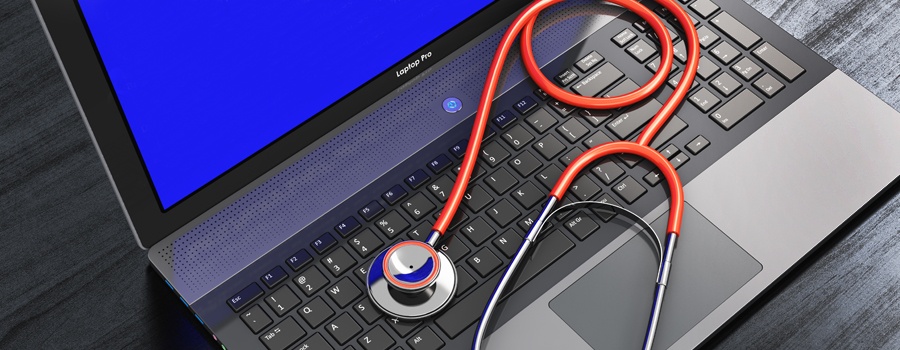Tag: breach
-

How Are HIPAA Breaches Impacting Alabama?
HIPAA enforcement reached an all-time high in 2018, with financial settlements ranging from $100,000 to $16,000,000. The Department of Health and Human Services (HHS) Office of Civil Rights (OCR) is responsible for providing oversight and ensuring HIPAA compliance. Last year alone, OCR resolved a total of 25,089 complaints of HIPAA violations and required at least…
-

Medical Association Chooses PCIHIPAA to Help Benefit and Protect Its Members
MONTGOMERY – The Medical Association of the State of Alabama has partnered with PCIHIPAA to help protect its members from the onslaught of ransomware attacks, HIPAA violations and data breaches impacting Alabama physicians. Under HIPAA’s Security and Privacy Rules, health care providers are required to take proactive steps to protect sensitive patient information. “The Medical Association services more…
-

Breach Notification…Who, How, When?
February is typically a very busy month for health care compliance professionals because the majority of breaches are required to be reported to the Department of Health and Human Services (HHS) within the first 60 days of the calendar year following the breach. However, the type of breach determines the applicable deadline so it is…
-

How Can You Avoid a HIPAA Mega Breach?
A HIPAA breach often occurs when a health care entity wrongfully discloses the protected health information of a patient or client. These incidents can occur by accident, like faxing patient information to the wrong fax number. They can also be the result of willful or intentional acts, like employees who gather patient information for the…